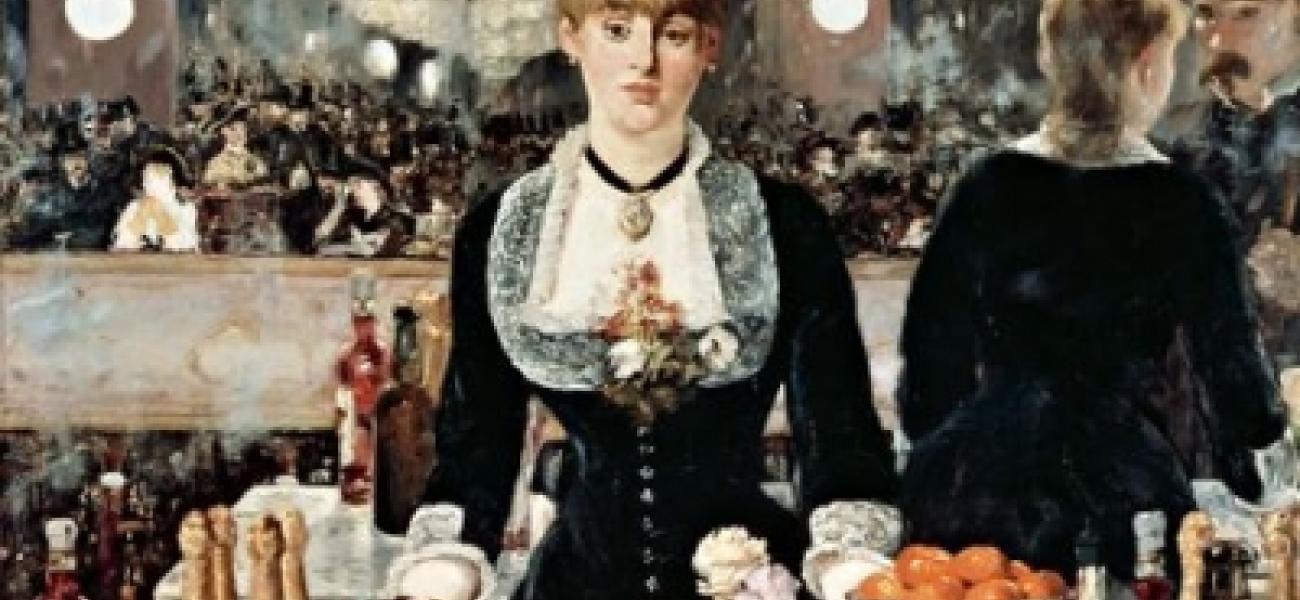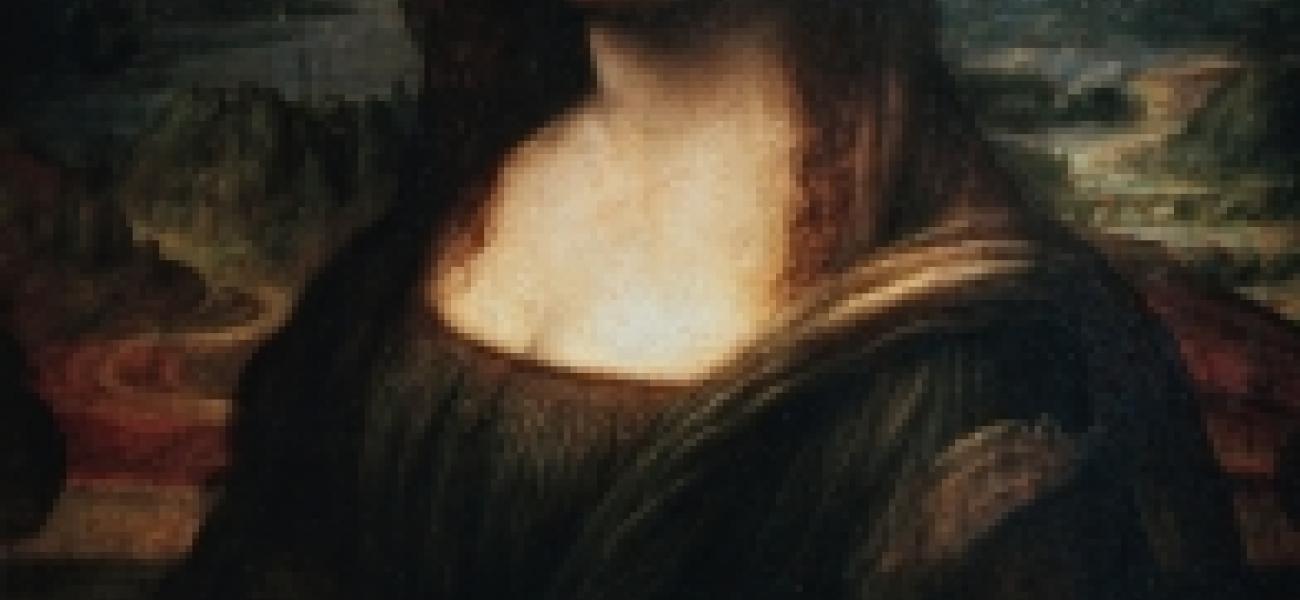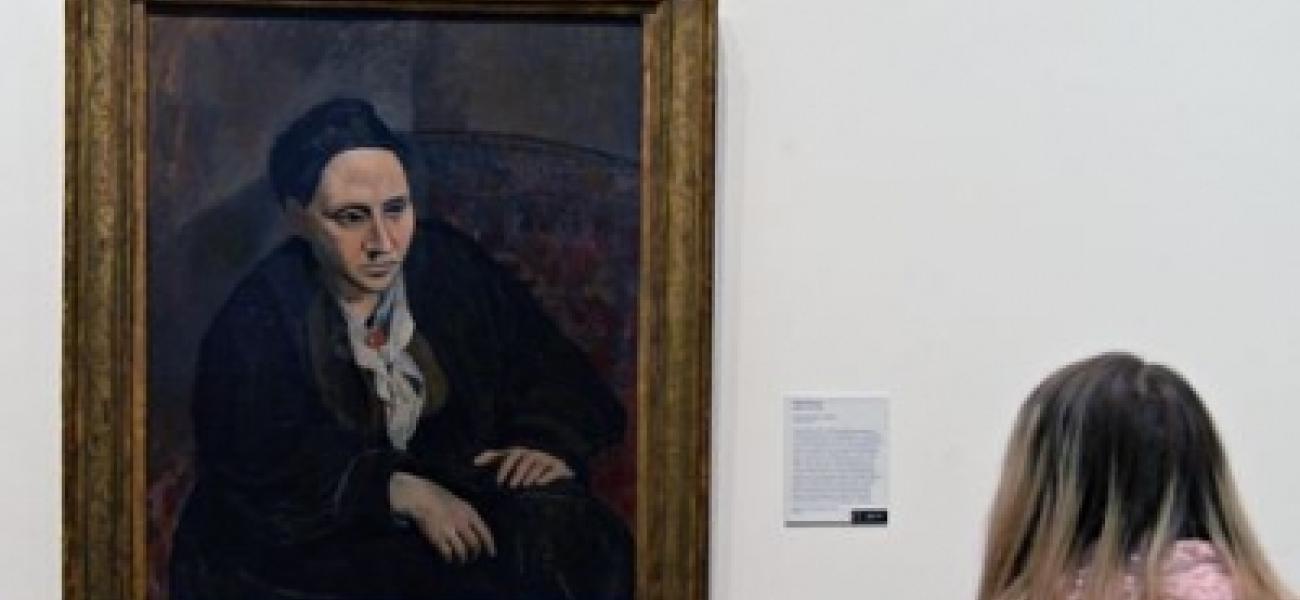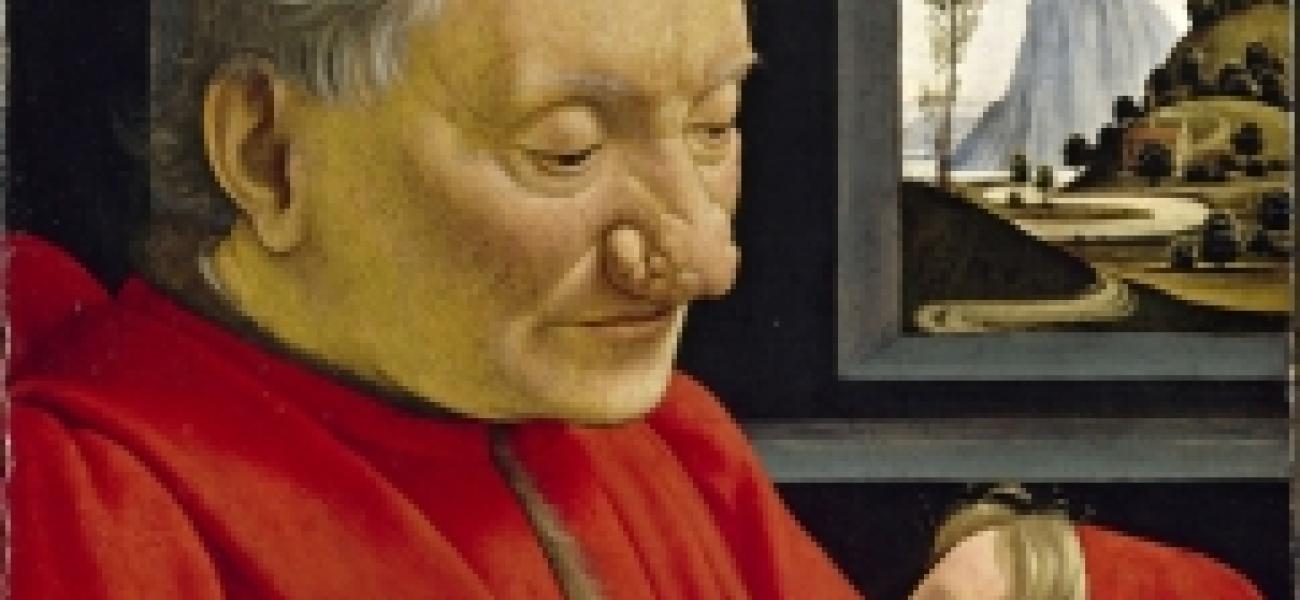The top 10 unforgettable faces in art




Edouard Manet – A Bar at the Folies-Bergère (1882)
Featured on theguardian.com
From Manet's dreamy barmaid to Warhol's multicoloured Marilyn Monroe, ancient Egypt's beauty queen and Da Vinci's enigmatic lady … here are the painted faces you'll never forget.
The lost, sad, daydreaming face of the barmaid in Manet's painting of Paris nightlife is the mask of a modern woman. She's alienated from her surroundings and trying to ignore the sleazy clientele – who is that sinister man in the mirror? – as she endures her shift. Work is anonymous exploitation, gender relations are dangerous and the city a heartless glittering nightclub in Manet's vision. You can see it all in that face.
Leonardo da Vinci – Mona Lisa (c 1503-06)
Legend and fantasy surround the most famous face in art. It was said in the 16th century that Leonardo hired musicians to play for his model so she would smile, and not look serious like most people in portraits. Yet scientific research seems to show she did not originally smile – the lovely expression was invented by Leonardo as he reworked his painting. Nor is there any evidence to support modern speculation that she is really a man, or a self-portrait. What the anatomist Leonardo created is rather a homage to the power of expression, a study in how a face is lit up by a simple motion of the lips.
Pablo Picasso – Portrait of Gertrude Stein (1905-6)
When Picasso started a portrait of the American avant-garde writer Gertrude Stein, he complained that he couldn't get her face right. The picture stalled, until he started looking at primitive art. Then suddenly he saw Stein's face as a stone mask, a totemic sculptural object. He said that Stein and her fellow modernist expatriates in Paris were neither men nor women – "they are Americans".
Domenicho Ghirlandaio – An Old Man and his Grandson (c 1490)
In this intimate and moving Florentine Renaissance masterpiece, a young child looks up at the astonishing face of his grandfather. It is a great face because of the noble way its possessor carries a physical deformity. Ghirlandaio turns the ideal of Renaissance beauty upside down to reveal the heroism of disfigurement.
Click here to see all ten.